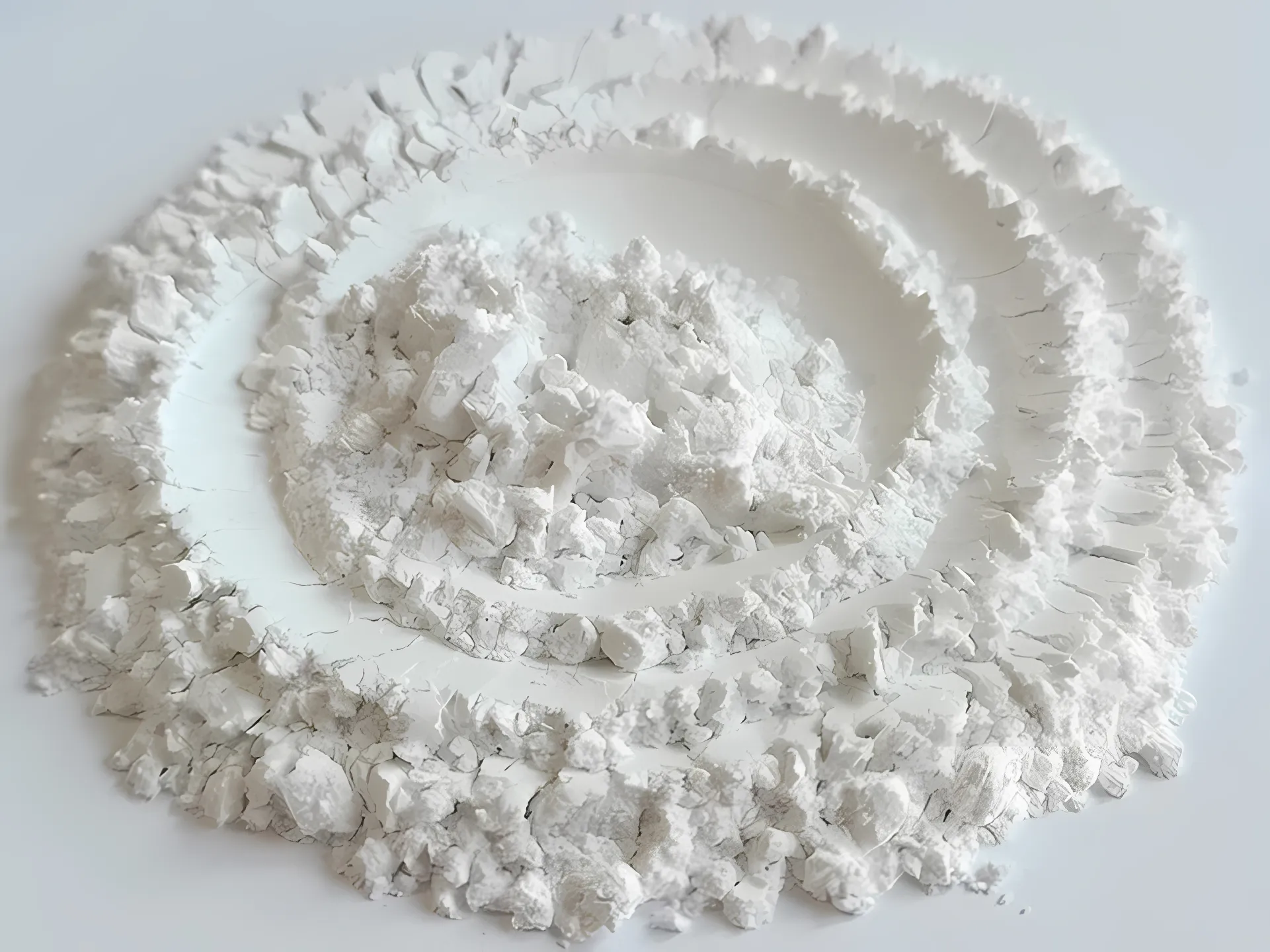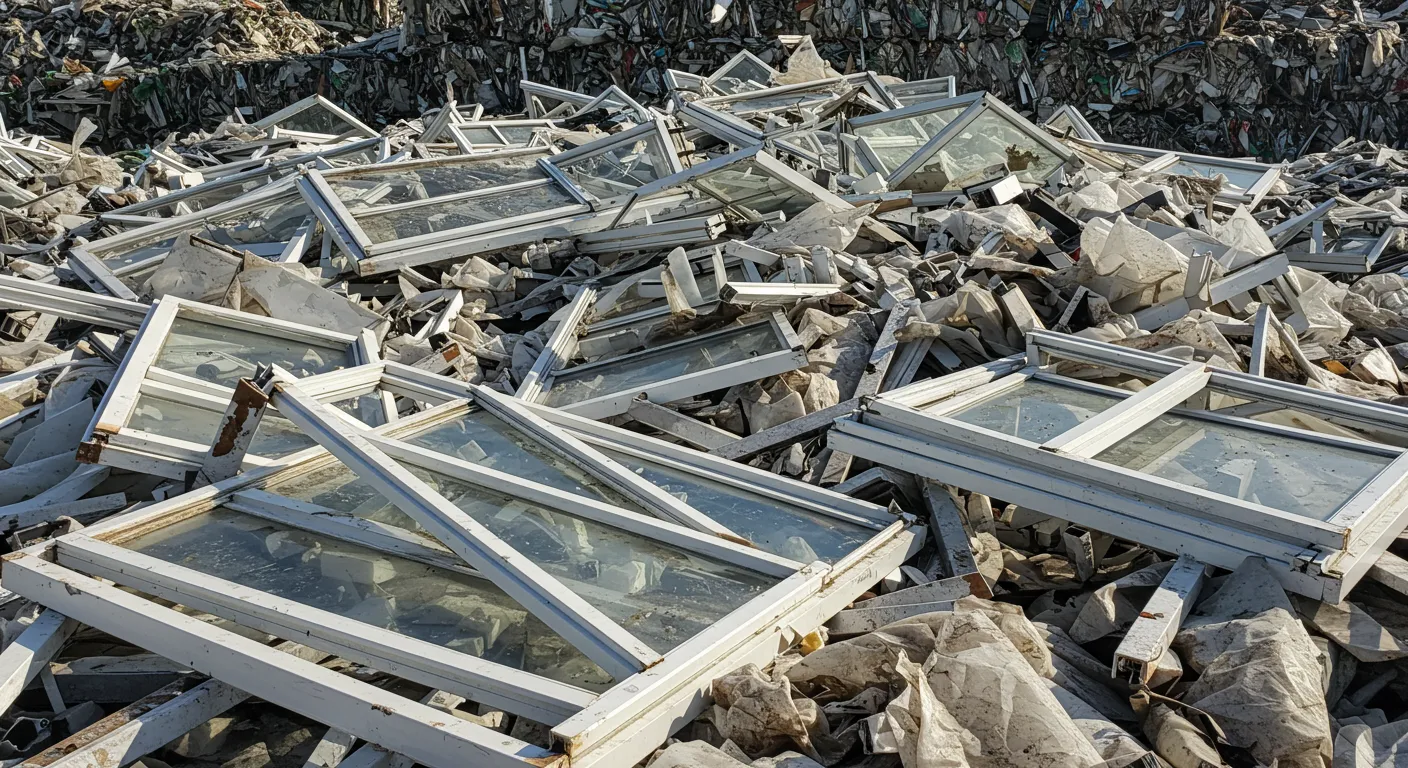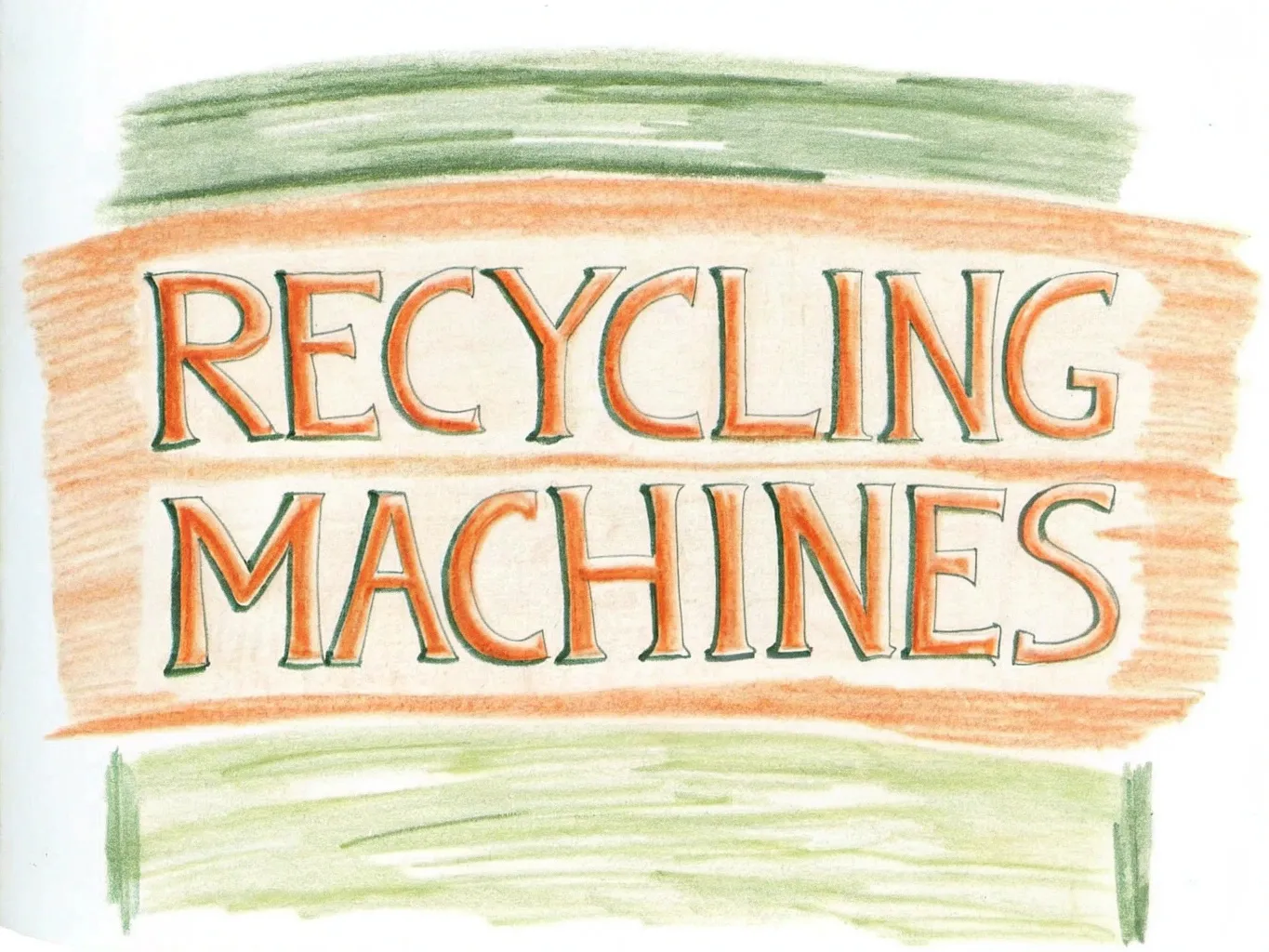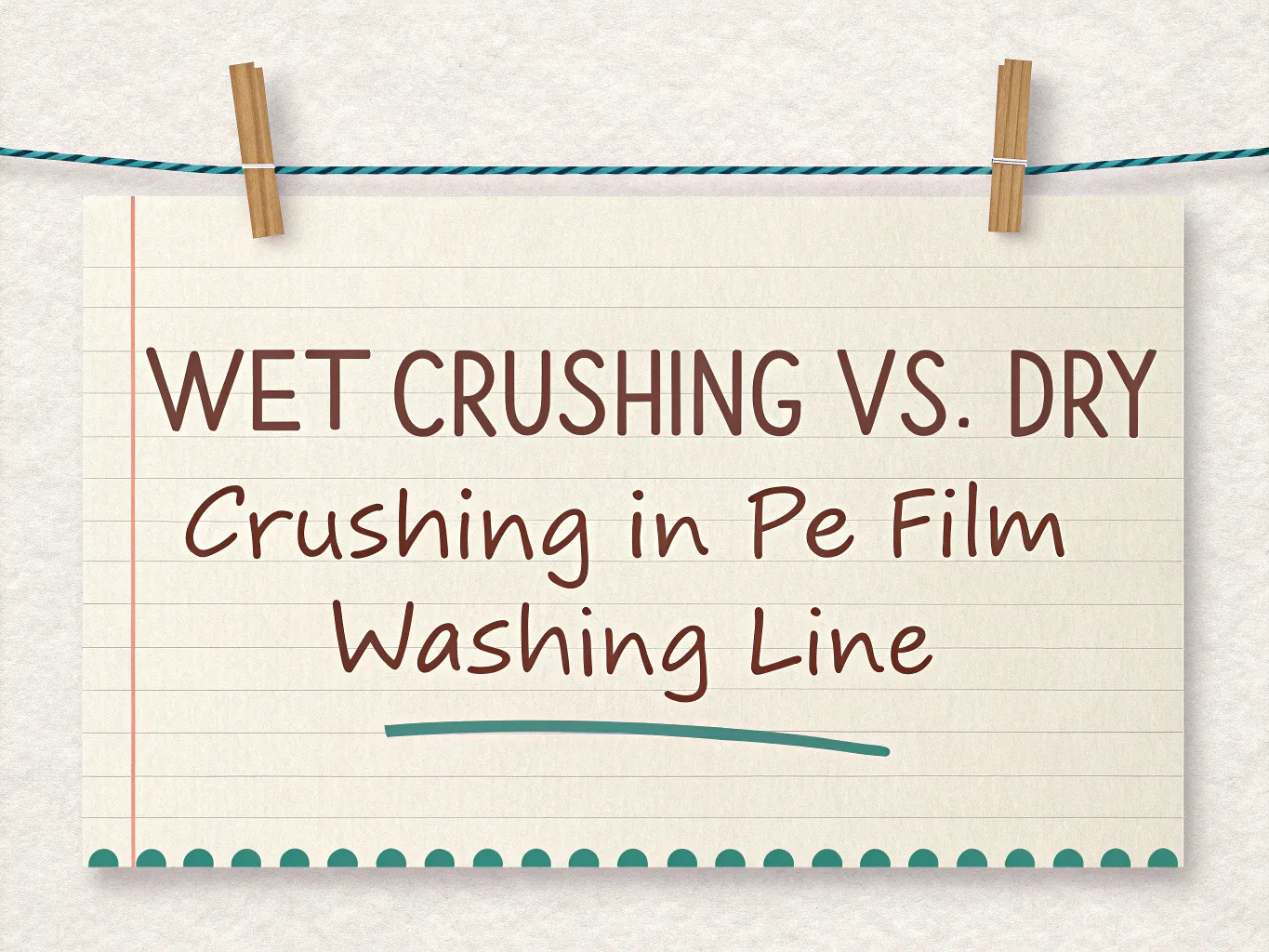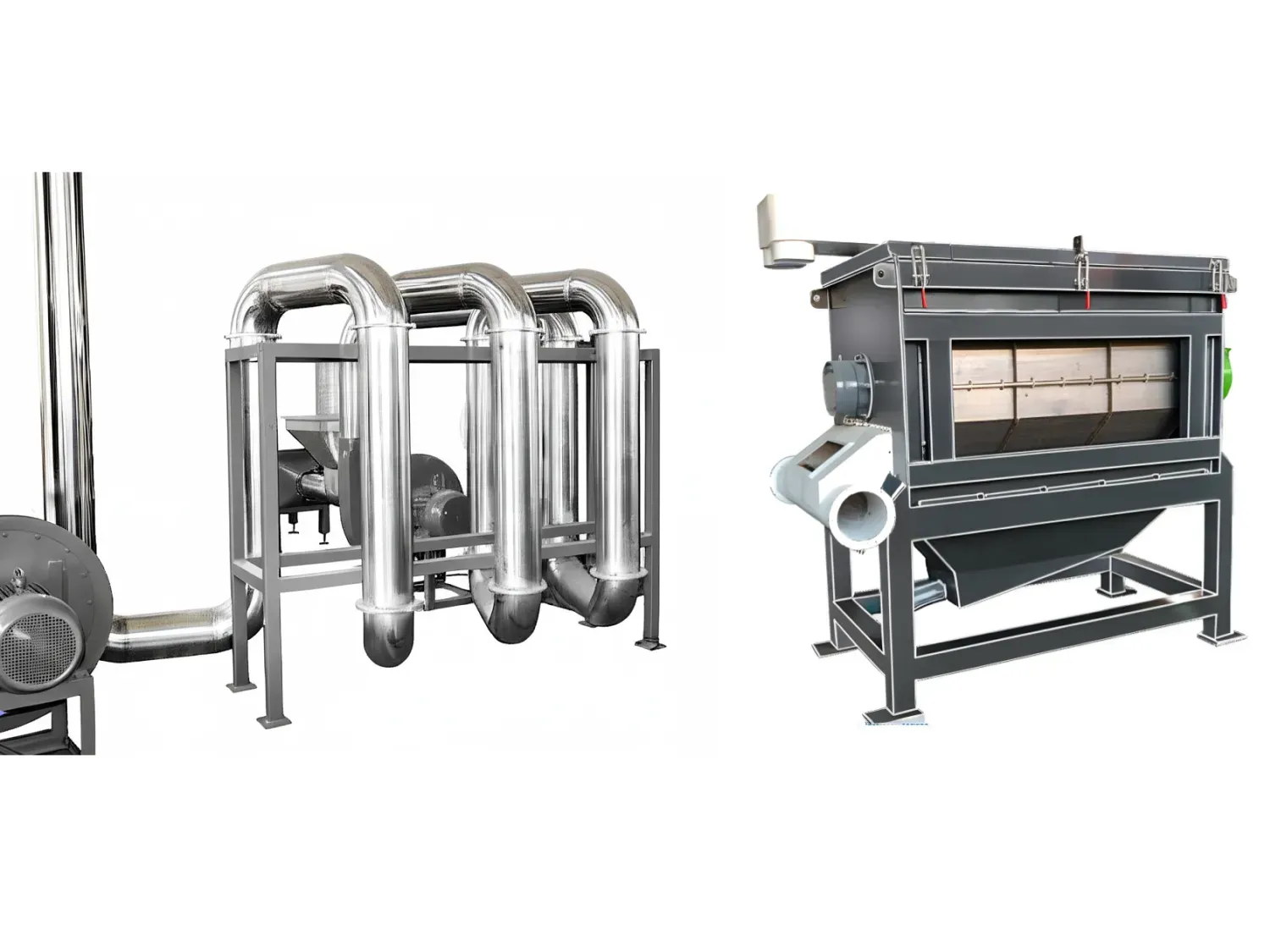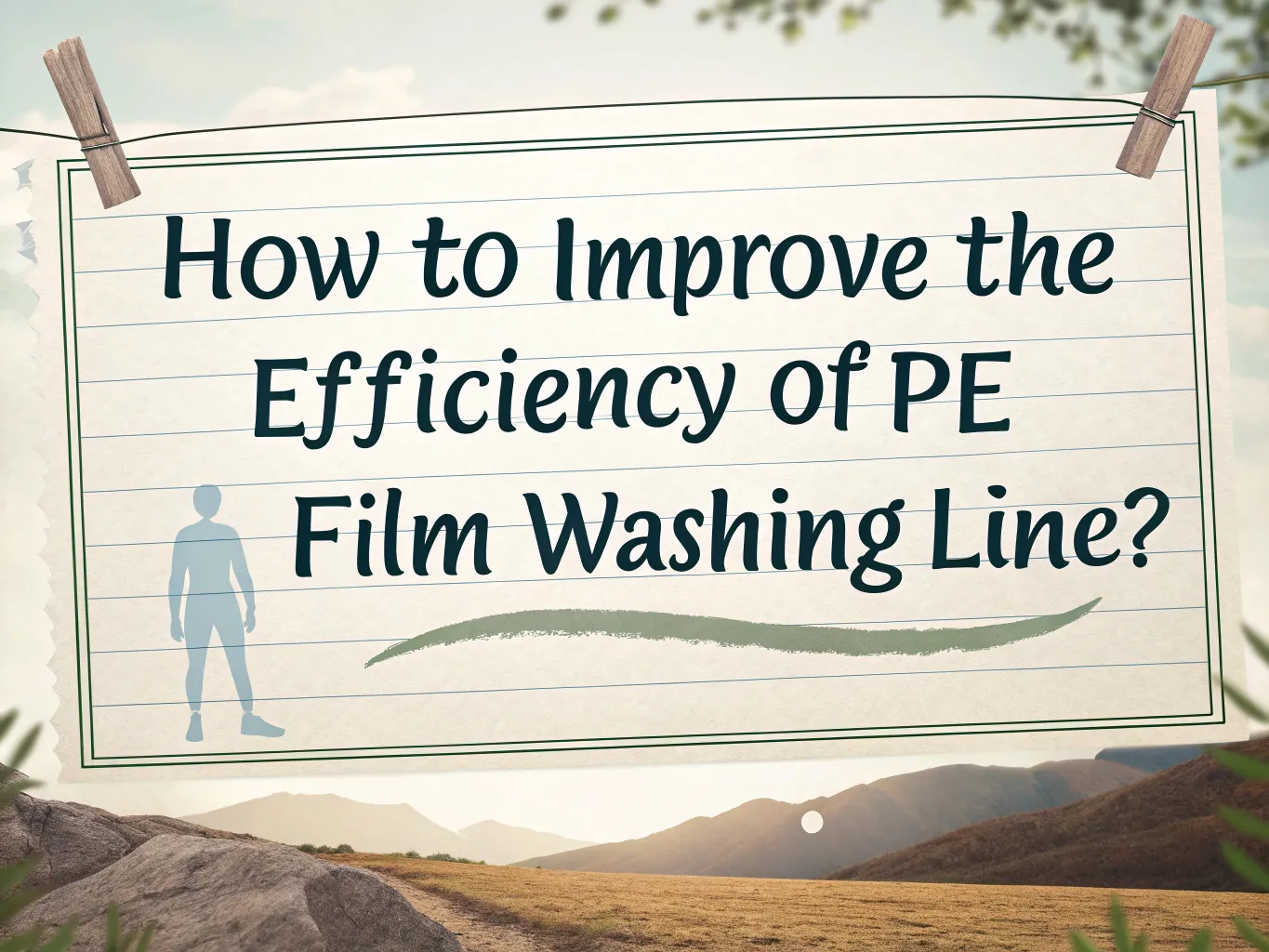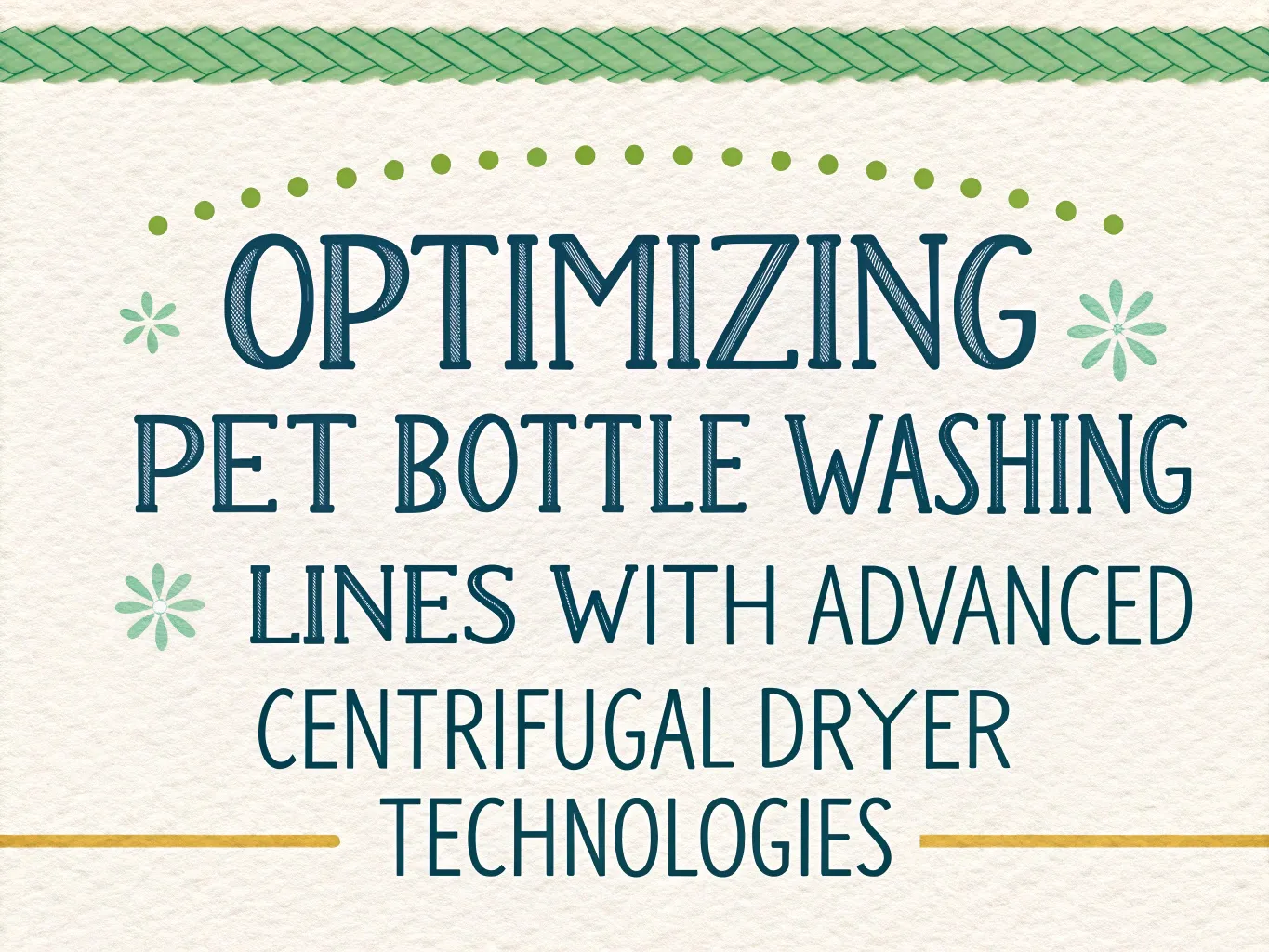Recycling News
Selecting an appropriate PVC crusher is key to improving recycling efficiency, cutting operational costs, and producing consistently high-quality recycled material. To find the best fit, businesses should take into account the following crucial factors:
When processing PVC profiles and similar materials, specialised PVC profile crushers demonstrate distinct advantages over standard crushers in both design and performance. This comparison highlights key differences, particularly in handling lengthy profiles, dust reduction, and improving recycled pellet quality - crucial factors for informed equipment selection.
Polyvinyl chloride (PVC) is among the most versatile and widely used plastics globally, prevalent in industries such as construction, packaging, and electrical insulation. To enhance properties and reduce costs, manufacturers commonly add fillers like calcium carbonate (often referred to as calcium powder). While calcium powder provides clear benefits—such as enhanced stiffness, improved dimensional stability, and significant cost reduction—it also profoundly affects the performance of PVC grinding equipment. Understanding this relationship is critical for manufacturers and recyclers aiming to optimize both production quality and machine efficiency.
Polyvinyl chloride (PVC) stands as one of the most adaptable and widely utilized plastics globally, prized for its durability, cost-efficiency, and versatility across various industries. For those involved in manufacturing, recycling, or material processing, grasping the distinctions between different types of PVC and their specific grinding requirements is essential for optimizing production and ensuring top-notch results. This article delves into the characteristics of the main PVC types—rigid PVC, flexible PVC, and copolymers—and offers practical advice on how these properties affect grinding processes, equipment choices, and best practices.
The plastics recycling industry, particularly polyethylene (PE) film recycling, is experiencing significant growth, driven by increasing environmental regulations and a rising demand for recycled materials. A critical stage in the PE film washing process is dewatering – efficiently removing water from the washed and shredded film flakes. The choice of dewatering technology significantly impacts operational costs, product quality (specifically the final moisture content), and the overall return on investment (ROI) for a recycling facility.
Selecting the right polyethylene (PE) film washing line is vital for enhancing recycling efficiency, product quality, and profitability. With numerous options on the market, understanding what to prioritise ensures informed decision-making. This article provides practical guidance on the essential factors professionals and investors should evaluate before investing in a PE film washing system.
Plastic recycling processes for common resins like PET, HDPE, and PP involve multiple steps – from shredding and washing to drying the cleaned plastic. In the final stages, removing every drop of moisture is crucial. Centrifugal dryers play a key role at this stage, ensuring that plastic flakes are clean and dry for reuse in new products. This article delves into how centrifugal dryers function, why they are important for materials like PET, HDPE, and PP, and compares their efficiency to traditional hot-air pipe drying systems. We’ll also discuss how these dryers are used in large industrial plants versus small-scale operations, and highlight advantages and considerations when choosing a drying method.
To improve the efficiency of a PE film washing line, you need to focus on equipment upgrades, process optimization, and resource management. Here are the most effective ways to boost performance and reduce operational costs.
Modern PET bottle washing lines rely on centrifugal dryers to achieve the stringent moisture standards required for high-quality recycled PET flakes. These systems combine mechanical efficiency with advanced automation to deliver energy savings, material preservation, and operational reliability.
Plastic recycling plays a pivotal role in modern sustainability efforts, aiming to minimise waste and repurpose materials into new products. Among the various stages of the recycling process, dewatering is crucial, as it removes water from washed plastics, preparing them for further processing.





